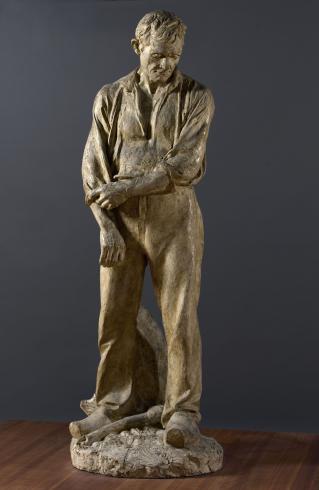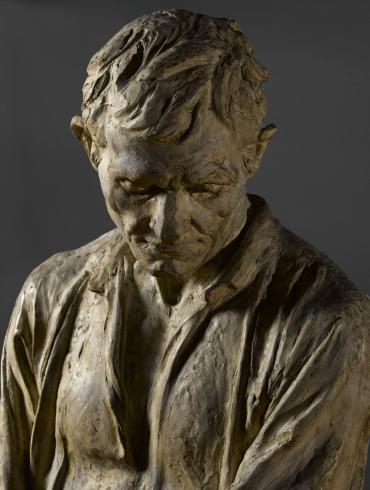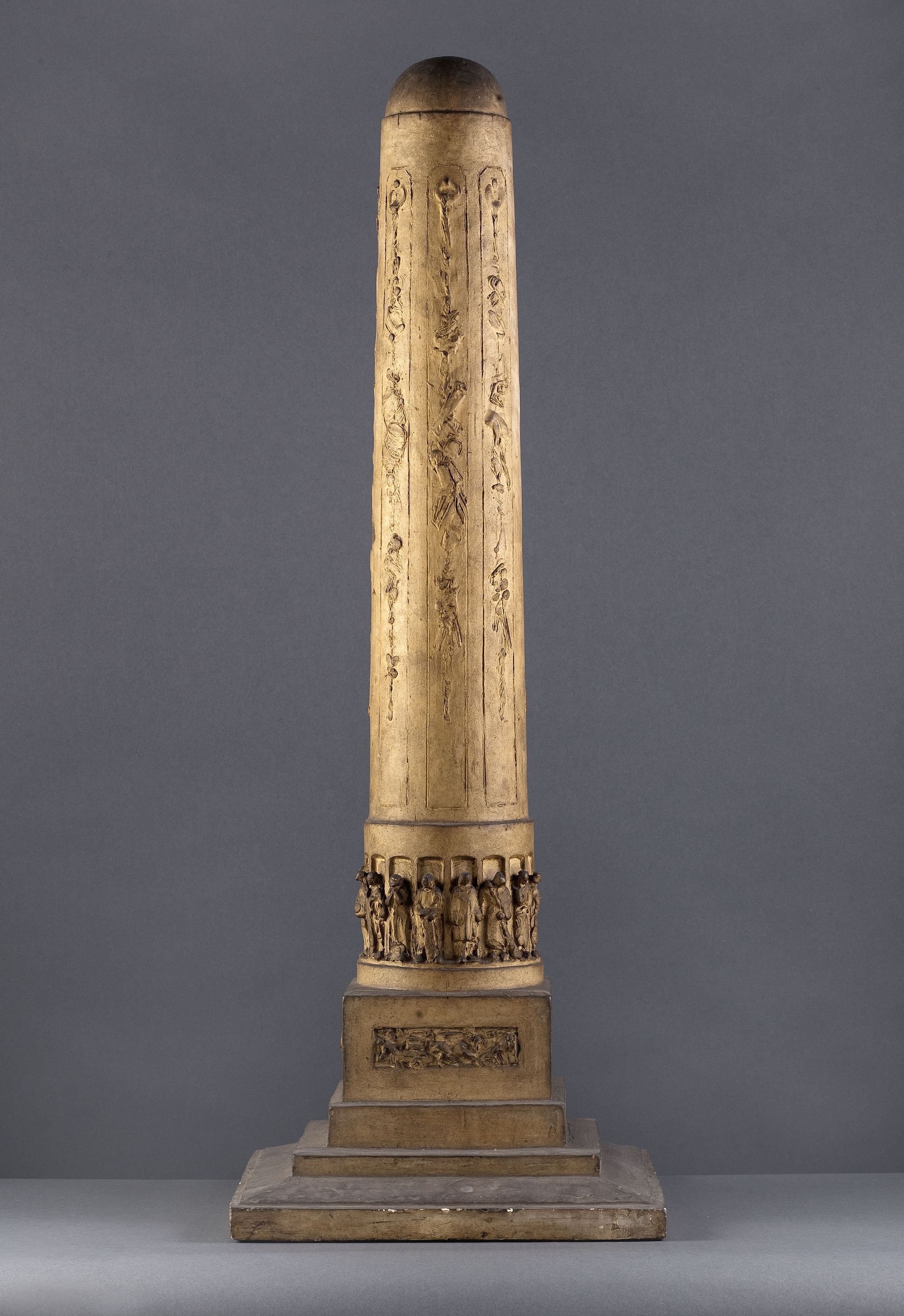 After ten years in exile in England, the sculptor Jules Dalou returned to Paris in 1879. In recognition of the boldness of his work as well as his political engagement alongside the Communards, the Third Republic commissioned the artist, a fervent Republican, to produce several important public monuments, including the Triumph of the Republic, erected in 1889 on Place de la Nation. The day after its inauguration, Dalou conceived a new project: as the son of a Parisian worker and someone closely concerned with the social preoccupations of his time, the sculptor dreamt of building a monument to the glory of the working man. He designed a column 32 metres high, with sixteen recesses housing statues of workers, craftsmen and peasants. A “great peasant rolling up his sleeves” was to crown it. For over ten years, the sculptor devoted all his free time to the creation of his monument to labour, visiting workplaces to observe everyday scenes and amassing documents, sketches, models and maquettes in terracotta and pla
After ten years in exile in England, the sculptor Jules Dalou returned to Paris in 1879. In recognition of the boldness of his work as well as his political engagement alongside the Communards, the Third Republic commissioned the artist, a fervent Republican, to produce several important public monuments, including the Triumph of the Republic, erected in 1889 on Place de la Nation. The day after its inauguration, Dalou conceived a new project: as the son of a Parisian worker and someone closely concerned with the social preoccupations of his time, the sculptor dreamt of building a monument to the glory of the working man. He designed a column 32 metres high, with sixteen recesses housing statues of workers, craftsmen and peasants. A “great peasant rolling up his sleeves” was to crown it. For over ten years, the sculptor devoted all his free time to the creation of his monument to labour, visiting workplaces to observe everyday scenes and amassing documents, sketches, models and maquettes in terracotta and pla
This Great Peasant is the only model the sculptor executed in full size. Defying trends among the sculptors of his day, Dalou renounces symbol and allegory. He does not depict an idealised worker, but a simple man of the fields, modelled with rigorous realism: bare head, features chiselled by the sun, hair roughly combed with his fingers. The open shirt collar reveals a chest made gaunt by labour, the legs are wrapped in trousers of coarse fabric, the feet shod in clogs. With simplicity and truth, Dalou manages perfectly to capture the gesture of this peasant, represented in a moment of pause. Gaze lowered but body straight and proud, the man is rolling up his sleeves to the crook of the arm, revealing forearms with bulging veins and hands thickened by tool work. At his feet, a hoe lies on the ground, ready for him to take it up once again.
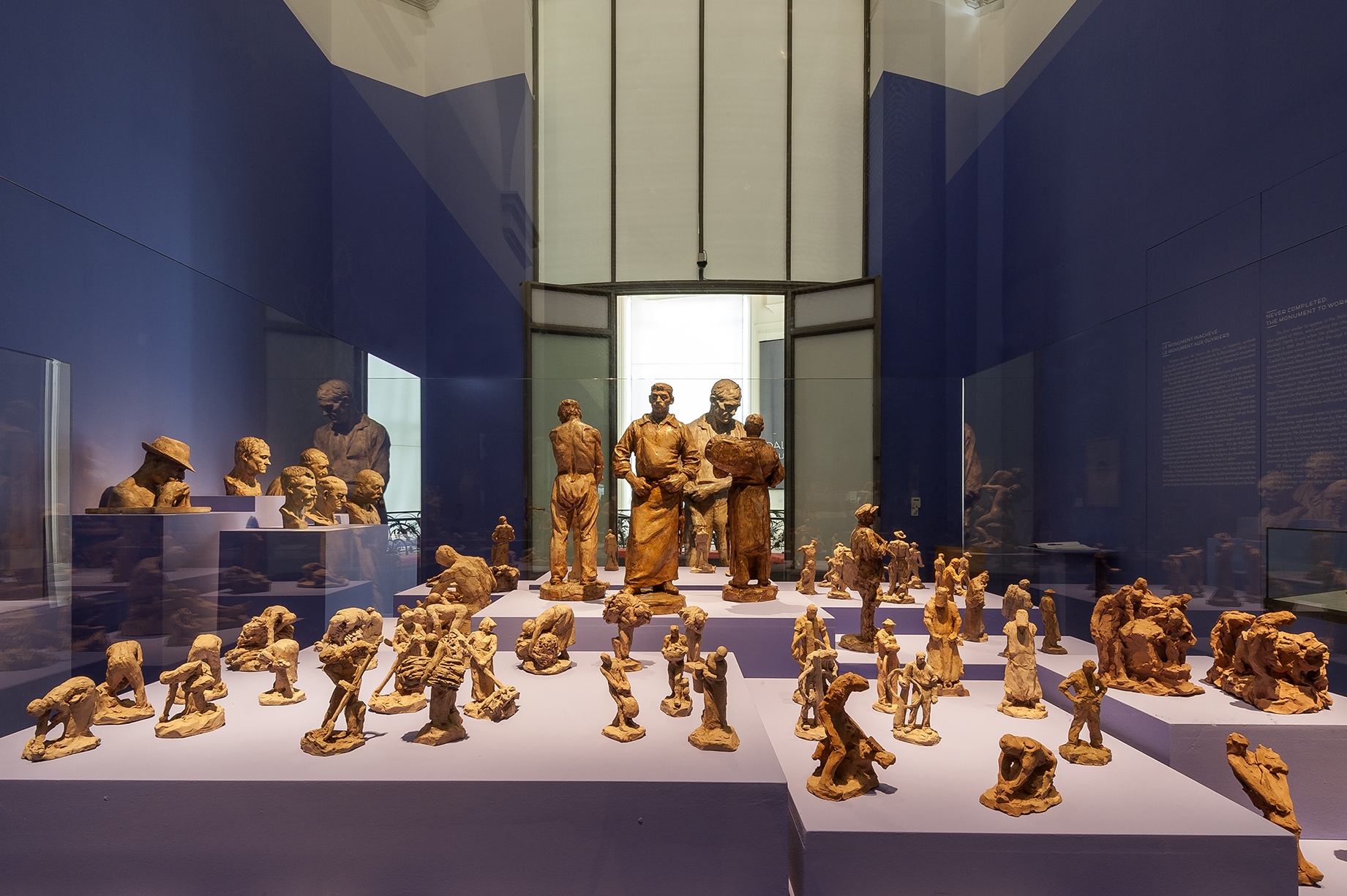 The Monument to Labour would never see the light of day: failing to have it commissioned, the artist died before seeing his great work completed. After his death in 1902, the plaster model of the Great Peasant was found in his studio by his heirs and exhibited by way of homage at the Salon of the Société Nationale des Beaux-Arts. The life-sized representation of a worker was deeply innovative. The work caused a sensation and was immediately widely distributed through editions in bronze and in sandstone. All that remains today of the unfinished project is this monumental plaster cast, as well as an admirable series of studies, sketches and maquettes of workers created from real life, conserved at the Petit Palais in the artist’s studio archive.
The Monument to Labour would never see the light of day: failing to have it commissioned, the artist died before seeing his great work completed. After his death in 1902, the plaster model of the Great Peasant was found in his studio by his heirs and exhibited by way of homage at the Salon of the Société Nationale des Beaux-Arts. The life-sized representation of a worker was deeply innovative. The work caused a sensation and was immediately widely distributed through editions in bronze and in sandstone. All that remains today of the unfinished project is this monumental plaster cast, as well as an admirable series of studies, sketches and maquettes of workers created from real life, conserved at the Petit Palais in the artist’s studio archive.
H. D.
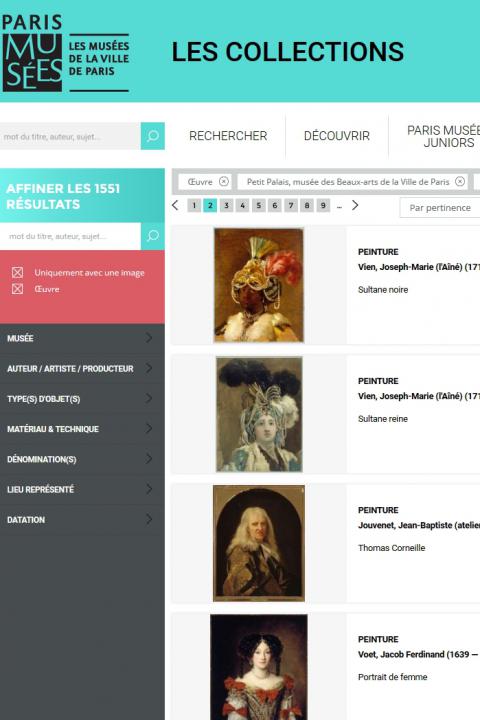
City of Paris municipal collection's website
The collections portal can be used to search the collections of Paris’s 14 municipal museums (approximately 336,000 works, including 43,000 belonging to the Petit Palais).
It is also possible to download around 12,000 images of the museum’s works free of charge.
Access the Museums of the City of Paris collections portal
Extern databases
Discover a selection of databases online presenting works from the Petit Palais or documents concerning the history of the museum.

